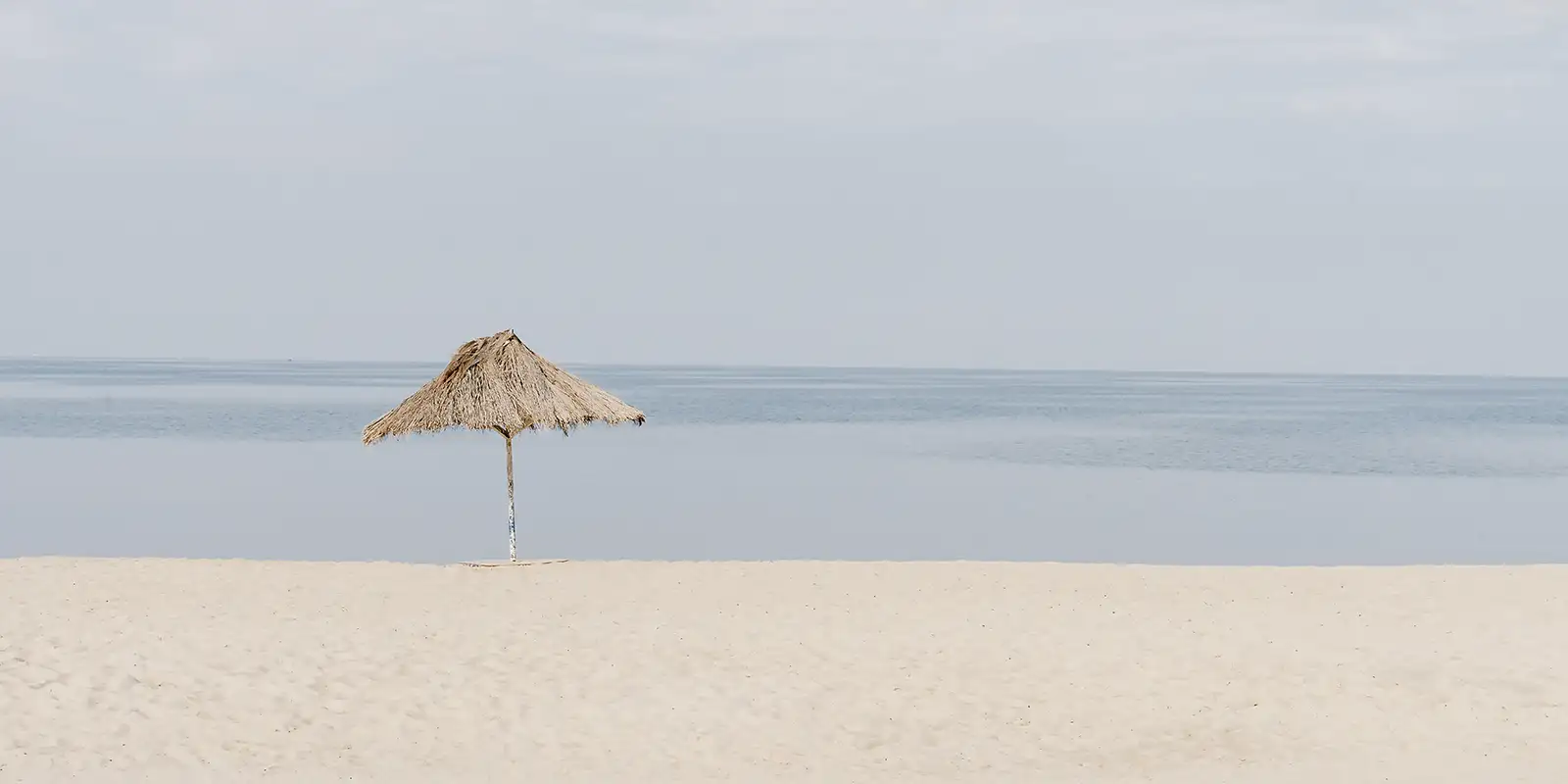Lake Tanganyika, a mesmerizing natural wonder shared by Tanzania, Zambia, Burundi, and the Democratic Republic of the Congo, has a history as ancient as time itself.
History
Lake Tanganyika’s origins are rooted in the dramatic geological processes of the East African Rift, which began to form around 25 million years ago. This rift gradually created a depression that would eventually fill with water, forming Lake Tanganyika. The lake is estimated to be around 9 to 12 million years old, making it one of the oldest freshwater lakes on the planet.
Fossils and archaeological discoveries have revealed that the region around Lake Tanganyika has been inhabited by early humans for millions of years. The lake has been a lifeline for countless communities throughout history, including the Bemba, Bantu, and the Kingdom of Luba.
European explorers like David Livingstone sought its shores, fascinated by its mysteries. Decades later, European powers battled for control of the lake during World War I. Tanganyika’s size and location made it a strategic asset, offering the potential for the establishment of crucial supply lines for the forces operating in East Africa. Controlling the lake would allow them to move troops and supplies more easily and efficiently.
Lake Tanganyika Facts
Of the world’s freshwater lakes, Lake Tanganyika is the longest and the fifth-largest. It is about half the size of America’s Lake Superior, the largest freshwater lake in the world. Tanganyika is a world-renowned biodiversity hotspot. Its vast waters are home to over 350 species of fish, many of which are found nowhere else on Earth. The lake’s unique ecosystems have made it a subject of fascination for ecologists and conservationists. Lake Tanganyika is home to a stunning array of cichlids, the colorful fish that are often seen in office aquariums.
The lake’s fisheries are a vital source of food and income for many communities, but they are under threat from overfishing and pollution. To preserve Tanganyika for the future, sustainable management of these fisheries is essential.
Tanganyika is easier to pronounce than it looks. It is typically pronounced as “tan-guh-NEE-kuh,” and the key is to emphasize the “nee” syllable.
Culture Around Lake Tanganyika
The region is a melting pot of cultures and languages. Swahili, Bemba, and Kirundi are some of the prominent languages. Social cohesion and communal values are at the heart of Lake Tanganyika’s culture. Communities often work together for the common good. Many communities celebrate the harvest season with festivals, dances, and feasts, expressing gratitude for a bountiful crop.
Traditional dishes often feature staples like maize, rice, beans, cassava, and plantains. Fish from Lake Tanganyika is a dietary mainstay. Traditional music and dance are integral to the culture of the Lake Tanganyika region. Different ethnic groups have distinctive clothing and attire for ceremonial occasions. Traditional fabrics, patterns, and accessories are worn with pride. Skilled artisans in the region make various traditional crafts, including wood carvings, pottery, beadwork, and basketry.
Depths and Outdoor Adventures
Tanganyika is a very deep lake, reaching depths of over 4,800 feet. This is more than twice the depth of Crater Lake, the deepest lake in the United States. Tanganyika is just 500 feet shallower than Lake Baikal, the deepest lake in the world.
Swimming is safe in many areas of Lake Tanganyika, but it is important to be aware of the potential for pollution near fishing villages. Recreational fishing is very popular on the lake, and anglers often catch Goliath tigerfish and Nile perch.
Chimpanzees, yellow baboons, and blue monkeys are all common sights on wildlife safaris in two nearby national parks, Mahale Mountains National Park and Gombe National Park. Gombe National Park is famous for being the site of Jane Goodall’s chimpanzee research.
Other outdoor adventures around Lake Tanganyika include boat tours, kayaking, scuba diving, snorkeling, hiking and camping.
Lake Tanganyika Climate
Lake Tanganyika’s mild climate makes it a year-round destination, but the best time to visit is during the dry seasons (June to October and December to February). During these months, wildlife viewing and outdoor adventures are at their prime.







